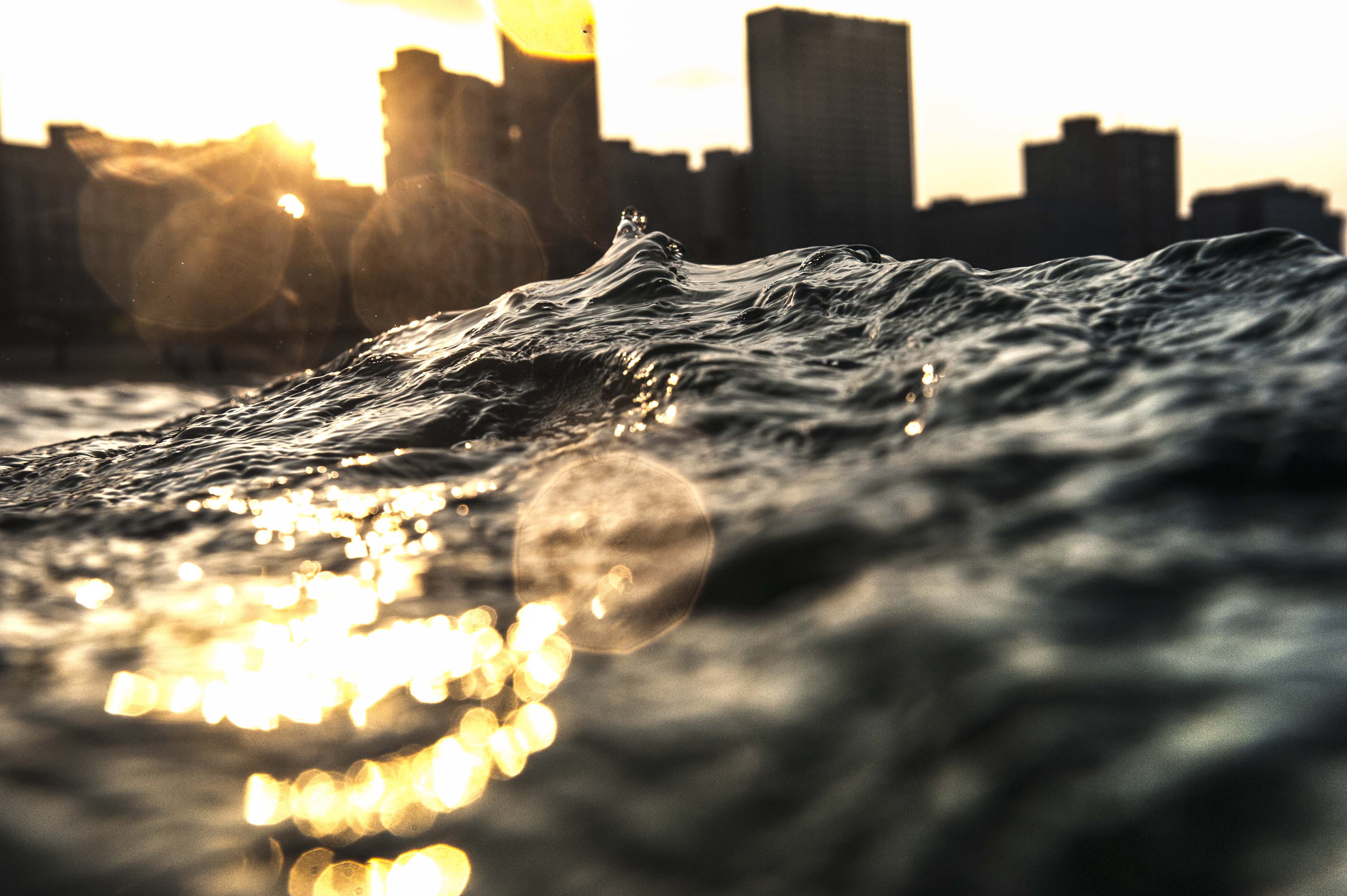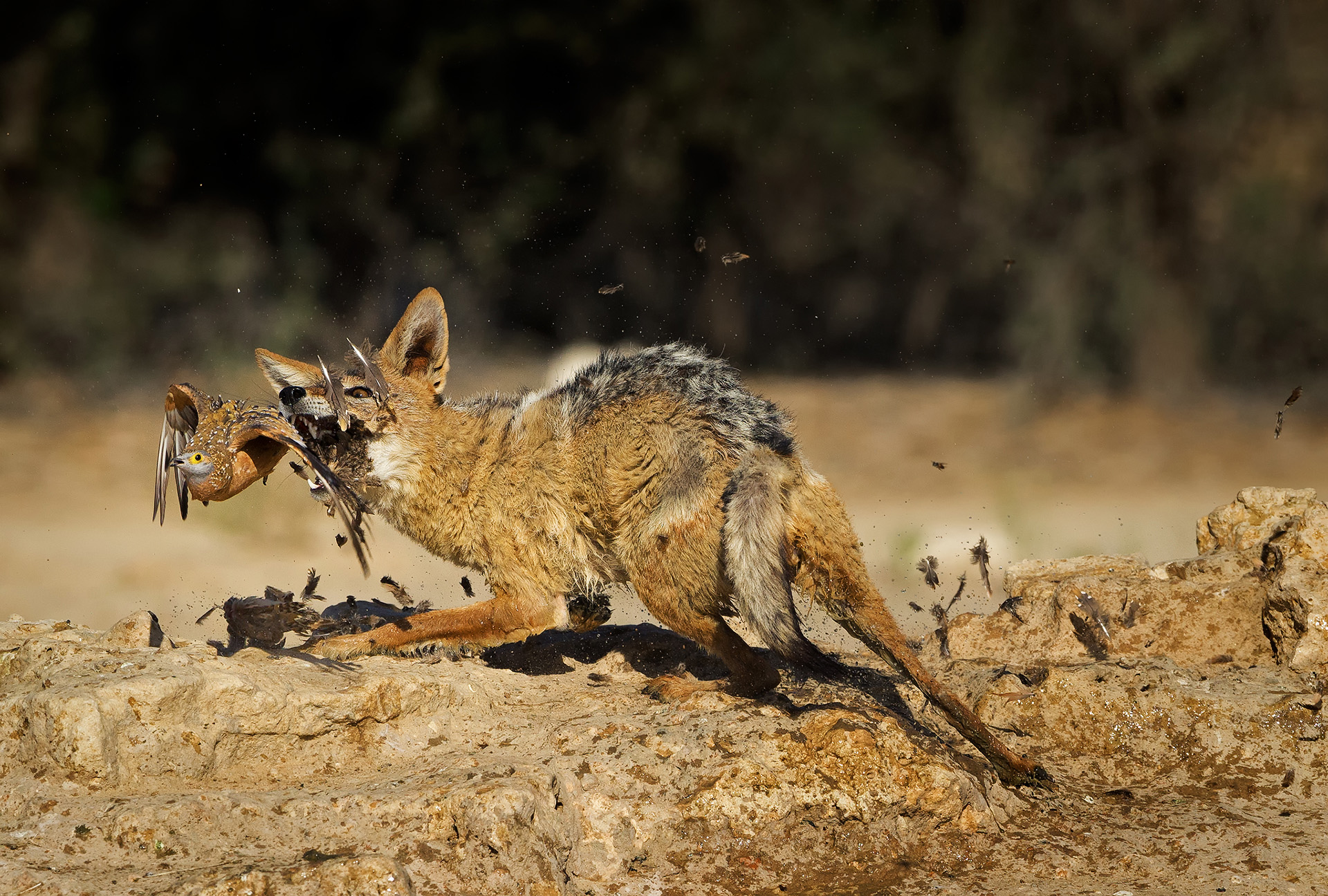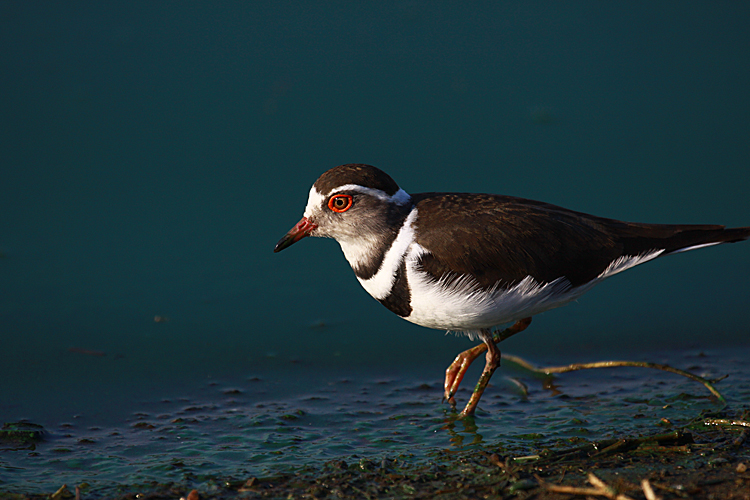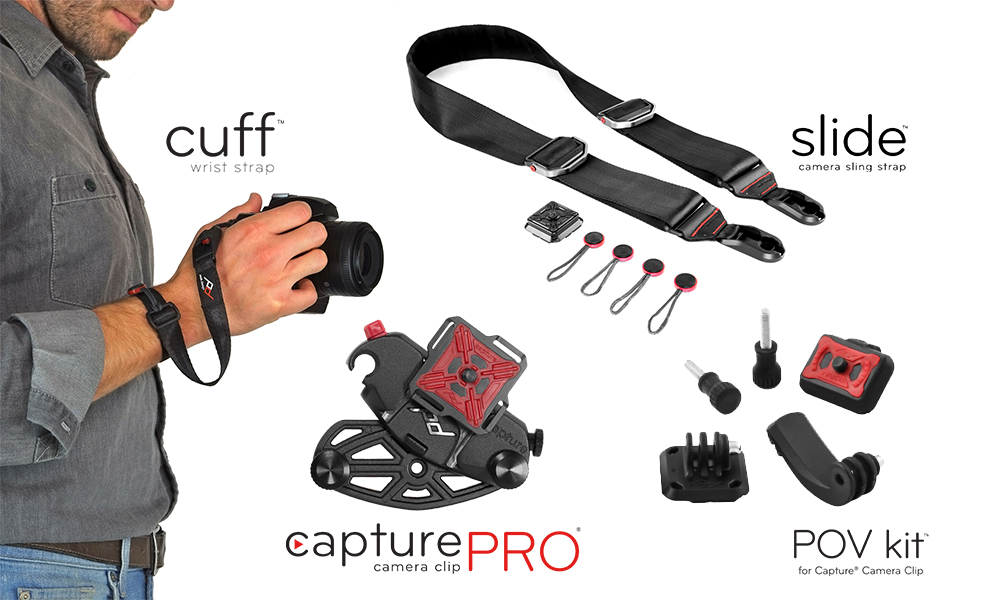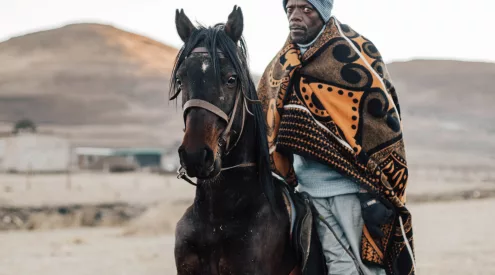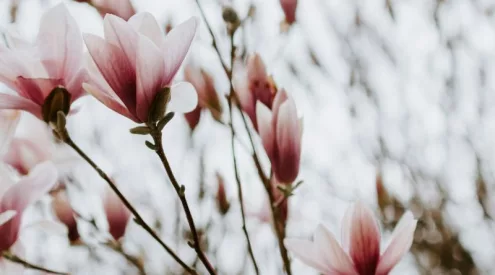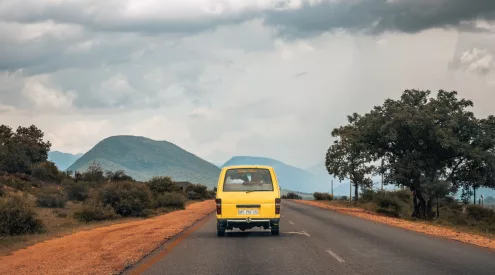And so it ends! This was the final month of our Masterclass competition series, and we were excited to partner up with Peak Design.
The February 2015 Masterclass prizeias a product hamper consisting of a Capture Pro Camera Clip, the Capture P.O.V Action Mount, Cuff and Slide valued at R2750.
As always, we had some stunning entries and choosing a finalist was difficult. We are happy to announce Paul Reichle as the February competition winner, with his image titled ‘Durbs in Winter.’ We hope he enjoys his new products – we can attest to their usefulness in this product review.
Thank you to all those who entered this competition. We look forward to running another Masterclass competition in the future. Below you will find the winning image, as well as the runners up.
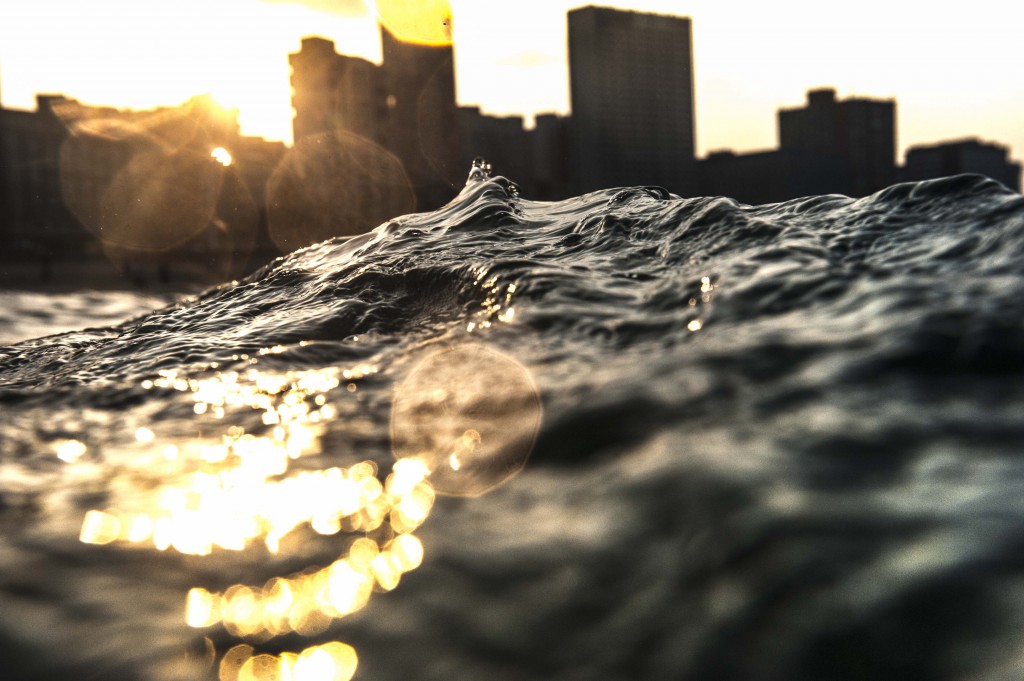
Winner: I recently returned to my hometown Durban and couldn’t resist the warm waters of the Indian Ocean. As the late afternoon sun emerged through Durban’s skyline I managed to freeze a few frames of the waves in the beautiful golden light. Nikon D700; ISO500; 1/4000sec; f9.
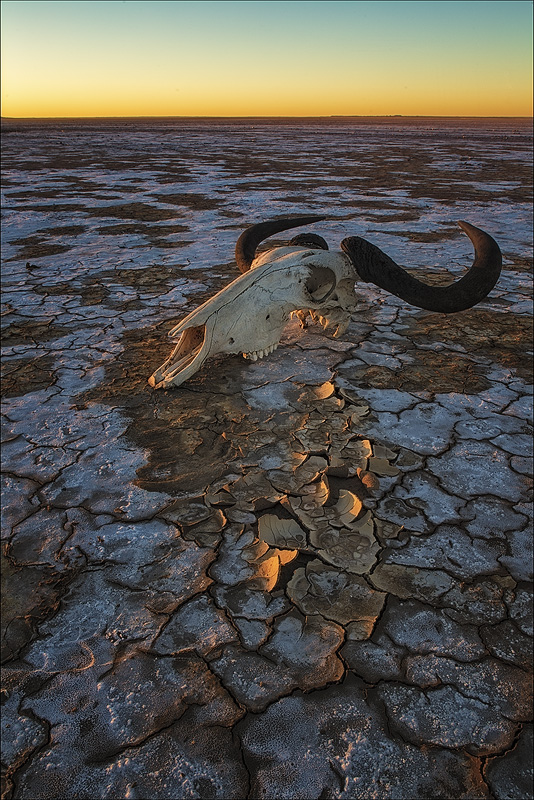
I knew Hakskeen Pan consisted of miles and miles of nothingness and was concerned how I would capture this feel in a single image. I took a local Kgalagadi model with me to add foreground interest. Fortunately the drying clay had lifted in places and looked like dried leaves. I decided to use the 24mm tilt-shift lens in my bag to run a plane of focus from my tripod feet, through leaves of clay and skull as well. The focus plane climbs slightly so that the almost infinite background fades into soft focus. It was shot at f16 in an effort to get the whole skull in focus. Timing was crucial in that I wanted the clay tips and skull edges just to be kissed by the sun as it came over the horizon. I shoot in RAW and add sharpening when saving the image as a JPEG. While I do use a Photoshop action for this for its convenience, it’s important to know how and what the action is doing and how to tweak it as it is easy to over-sharpen if you’re not careful. Canon 6D; ISO100; 24mm TSE; 1/20sec; f16.

This image was done with an ‘old’ Sony Alpha 200 camera, and Tamron 70/300mm lens. I used the ‘macro setting’ on the lens to obtain sharp detail. Image also done on a tripod with remote shutter release cable. I shot on f/11 at 1/250 sec to gain extra detail/ depth of field. I used a low ISO of 160 to prevent noise. In post production, I used ‘lab sharpening’ in Photoshop. Sony Alpha 200; ISO160; 1/250sec; f11.

This photo was taken at Cubitje Quap water hole in the Kgalagadi Transfrontier Park. There are two black backed jackals hunting around the water hole and they do not allow any other jackal to hunting around the water hole. In the dry season when there is no other water source, hundreds and thousands of doves and sand grouse come to drink water at this waterhole early in the morning. It happens usually between 06:00 and 10:00. During this time of the day, the two jackals will be lying up to 30 meters away from the water hole. They will wait for a huge flock of birds to arrive before making their move. In the chaos, they will run and jump trying to catch some of the birds, Not very successful – like this image of mine where the jackal just missed out on a meal, just caught the tail feathers of the sand grouse. However, they do catch one or two birds per morning. Nikon D3S camera; Nikkor 600mm f4 lens; Wimberley head on a Really right window mount on my vehicle; ISO1250, 1/5000sec; f8, exposure compensation -0.67; aperture priority, white balance – sun.
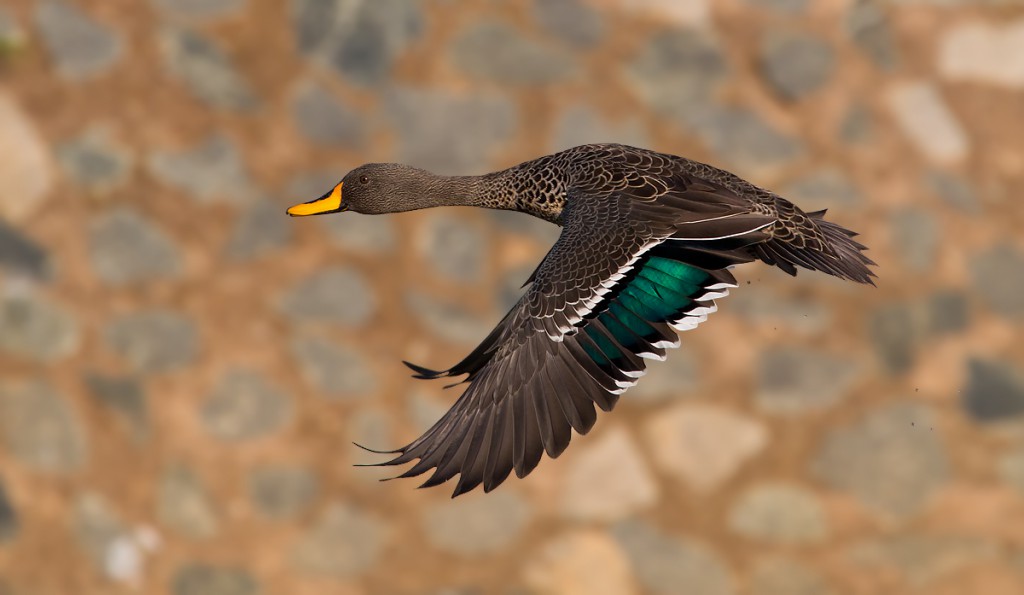
This yellow-billed duck was captured at the Austin Roberts bird Sanctuary in Pretoria, early morning. The down stroke of the wing shows off the green speculum nicely, and I managed to capture this fast flier against the unusual background which is a stone pitched wall. Canon 1D Mark IV; Canon 300mm F/2.8 +2X TC = 600mm; ISO800; 1/2500sec; f6.3.









